How Intensive do you plant your beds?
azbookworm
13 years ago
Related Stories

PLANTING IDEASGreat Garden Combo: 5 High-Intensity Plants for High-Intensity Sun
Blend bold foliage and flowers to create a powerful combination that will hold its own even in the harsh light of midsummer
Full Story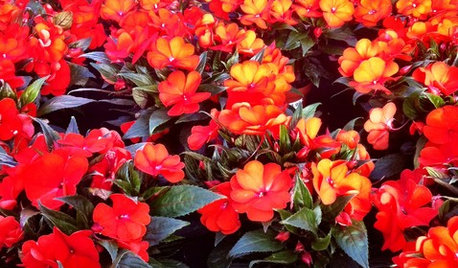
GARDENING GUIDESBright Plants for Flower Beds That Wow
From new annual and perennial varieties to grasses, get dramatic with swaths of color
Full Story
GROUND COVERSNative Alternatives to English Ivy, Japanese Pachysandra and Periwinkle
These shade-loving ground covers are good for the environment and say something about where you are
Full Story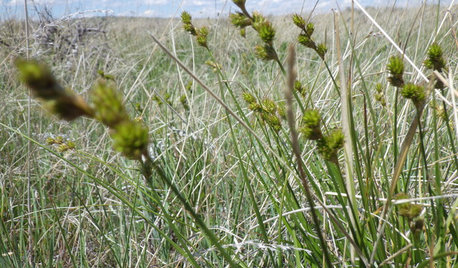
GARDENING GUIDESGreat Design Plant: Carex Brevior
This mounding sedge native to many U.S. states is tough as nails and can replace the traditional lawn in low-traffic areas
Full Story
GARDENING GUIDES8 Materials for Raised Garden Beds
Get the dirt on classic and new options for raised vegetable and plant beds, to get the most from your year-round garden
Full Story
FARM YOUR YARDHow to Build a Raised Bed for Your Veggies and Plants
Whether you’re farming your parking strip or beautifying your backyard, a planting box you make yourself can come in mighty handy
Full Story
SPRING GARDENINGInspiring Raised Beds for Fall and Spring Planting
Make Your Next Vegetable Garden Even Better with Beautiful Boxes and Paths
Full Story
GARDENING GUIDESSolve 3 Common Landscape Problems — With More Plants
Sometimes the best defense is a good offense
Full Story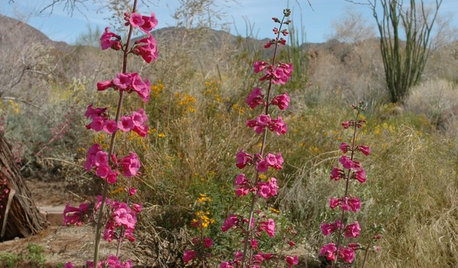
GARDENING GUIDESGreat Design Plant: Penstemon Parryi
Drought-tolerant Parry’s penstemon greets spring with pink flowering spikes that delight passersby and hummingbirds alike
Full Story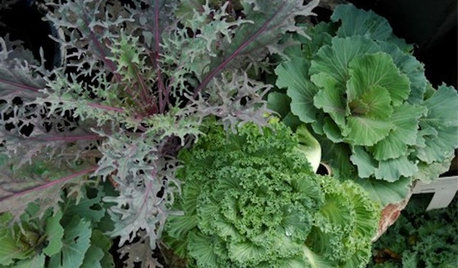
WINTER GARDENINGGreat Design Plant: Ornamental Cabbage and Kale
Yes, you can actually eat them. Or you can just marvel at their striking, unusual foliage during all four seasons in the garden
Full StoryMore Discussions






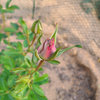
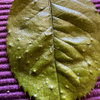
luvkuku
agility_mom
Related Professionals
Beavercreek Landscape Architects & Landscape Designers · Lake Oswego Landscape Architects & Landscape Designers · San Juan Landscape Architects & Landscape Designers · Frisco Landscape Contractors · Bellefontaine Neighbors Landscape Contractors · Bethel Park Landscape Contractors · Columbine Landscape Contractors · Fairhope Landscape Contractors · Lemay Landscape Contractors · Vadnais Heights Landscape Contractors · North Hills Landscape Contractors · Cypress Carpenters · Kissimmee Carpenters · Maryland Carpenters · Miami Springs Carpentersmangledmind
kingkongos
mangledmind
luvkuku
agility_mom
MaryMcP Zone 8b - Phx AZ
MaryMcP Zone 8b - Phx AZ